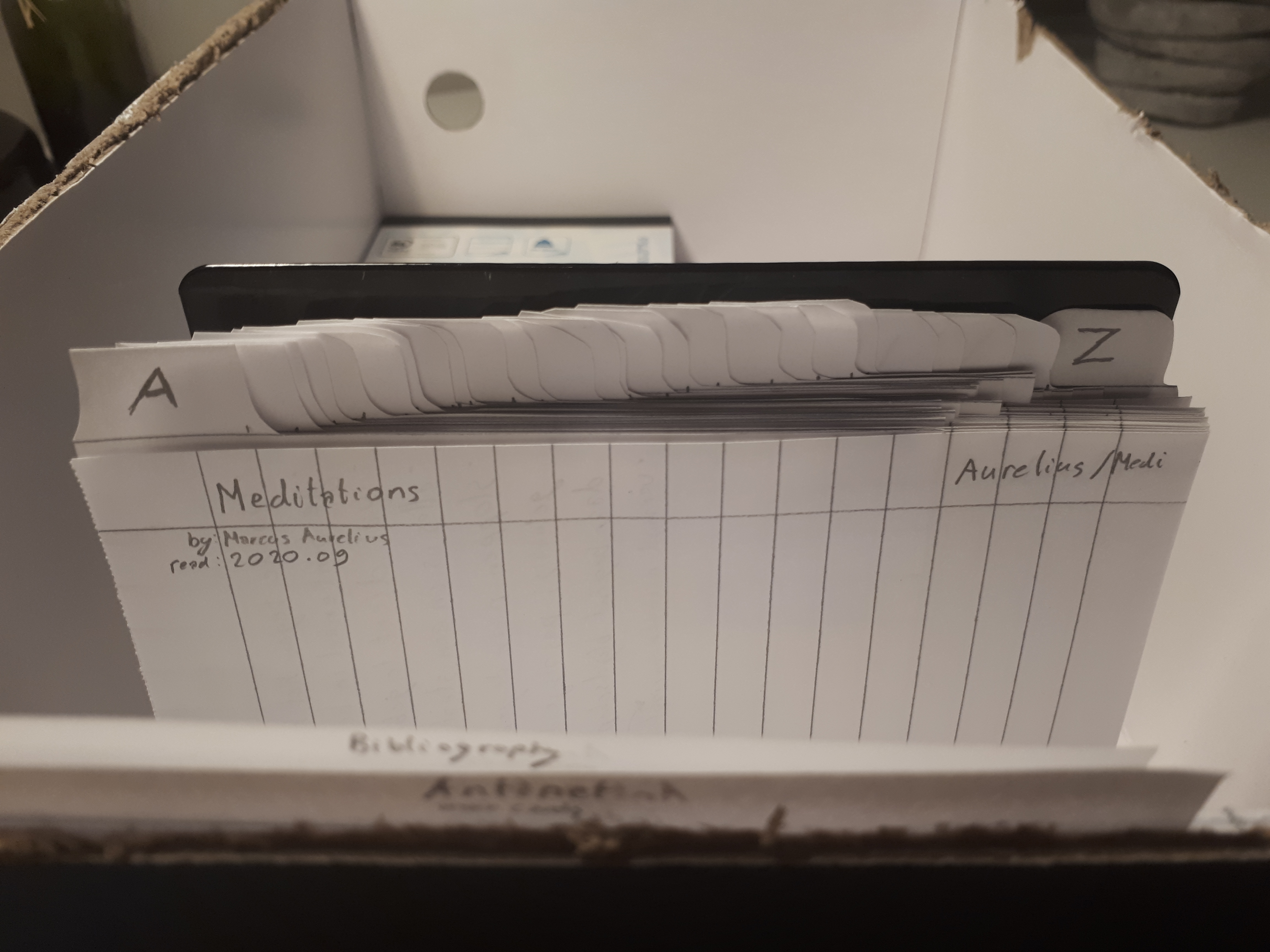Building the Antinet
For those using a RSS reader, subscribe here: rss.xml
When choosing where to store my notes, having one clear place to store is most important to me. That is why I didn’t have much preference for the medium at first, as long it was only one.
This post is part three of the journey to build a life-long information system.
—
The previous post in this series ended with the remedy to quit digital again and keep all important notes analog like they initially were.
This analog system would be a tool to process the books I have read with more depth, by forcing you to spend time and rewrite the information so that it becomes knowledge. This is where the Antinet comes in.
The Antinet, the analog numeric-alpha tree-structure with indexes network for information, is a classy version of that and more.
There is an introduction to antinet zettelkasten for the core principles and historical background, as well as a starting guide for when you are ready to take the dive, so take a look into that for all details.
After researching it, I committed to migrating all my book-notes to it. So I grabbed an old shoe-box and cut it to fit A6-cards neatly, and made all the cards required to start out; index with spacer, initial main cards with spacer and bibliography spacers. I used a bookstand inside the shoebox to keep the notes standing upwards, which is easily moved when there are more notes.

Figure 1: Index at the front, then Antinet-main-cards, then Bibliography.

Figure 2: The index cards were also made of the A6-paper, by putting them upwards and cutting to the old length with tab.